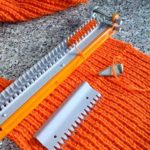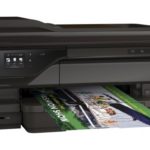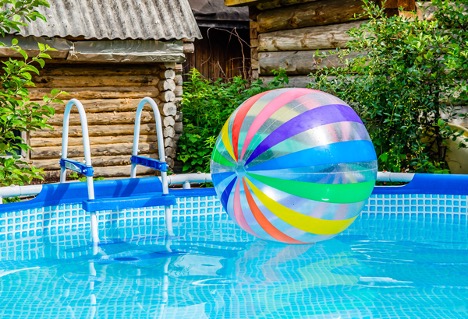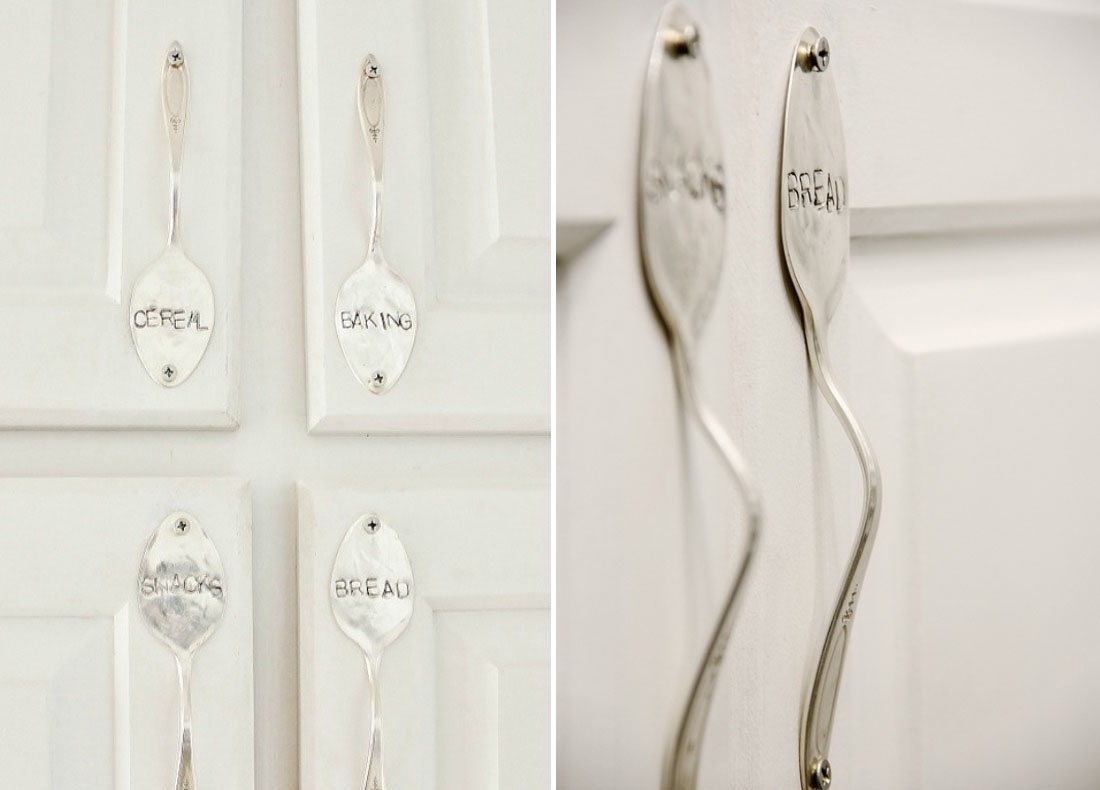Why do Asians eat with chopsticks?
Each nation is a unique fusion of traditions dating back centuries. If Europeans are accustomed to using forks, spoons and knives, then Asians have been deftly using chopsticks since childhood. Any tradition has its origins, let’s look for the reason why Asian peoples use such original cutlery.
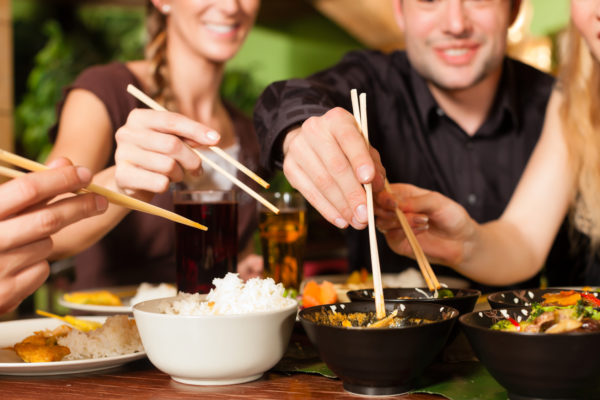
The content of the article
Why them?
Initially, all people ate with their hands, but gradually, with awareness of the rules of hygiene and convenience, this custom disappeared. It is believed that at first, chopsticks served as assistants in cooking: they are very convenient for removing large pieces from boiling water or heated oil, assessing the readiness of food.
Locals in China call chopsticks "kuaizi" and they first appeared in noble houses. Common people began using them around the fifth century AD.
Gradually, the chopsticks firmly entered into everyday use, acquiring a modern shape: kuaizi are square at one end, in order to lie stably on the table surface. Towards the opposite end they gradually narrow and round. The most common are wooden sticks, which, according to tradition, must be rubbed against each other before use. This custom comes from the past, when the poor had poorly processed kuaizi and there was a risk of getting a splinter. This method of grinding removed roughness.
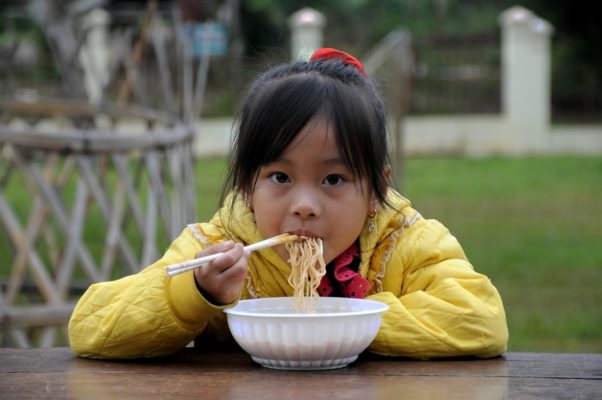
The Chinese teach children to use chopsticks from about one year of age.They actively develop fine motor skills, which subsequently has a positive effect on intellectual and physical development.
Large companies involved in high-tech manufacturing have introduced a test for hiring jobs involving small parts - employees must be able to handle chopsticks with dexterity!
What are they made of?
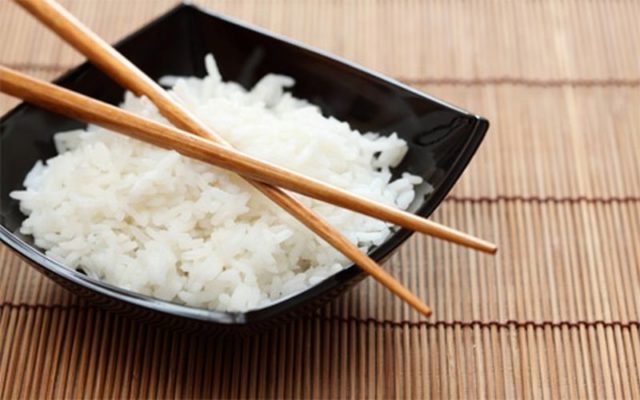
It should be noted that chopsticks are divided into those needed for cooking - they are long, about 40 centimeters, and made of bamboo, and kuaizi for meals, they are shorter - only 25 centimeters. Asians, especially the Japanese, do not like to use metal, rightly believing that it harms their teeth. Most often used for Asian cutlery:
- tree;
- brass;
- plastic;
- bronze;
- silver;
- bamboo;
- stainless steel (but this is only in Korea);
- bone.
Wood will always come first, as an affordable and easy-to-process material. Some of the most beautiful cutlery is made from expensive ivory, being practically a work of art, worthy of decorating a rich home.
Where's the knife?
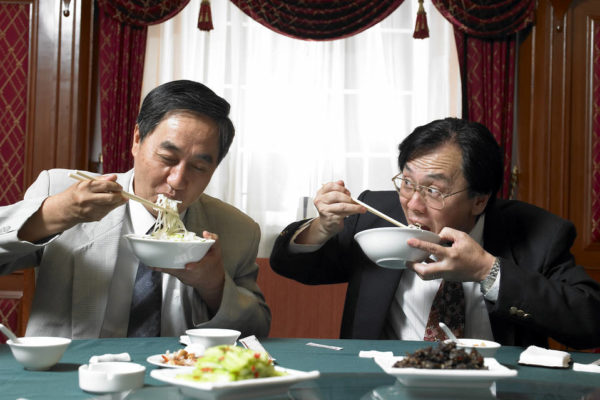
It is believed that the matter could not have happened without the great philosopher Confucius. He preached peace, and believed that a knife had a place in war, and not in the home. It was at his instigation that all sharp metal objects became firmly associated with aggression and violence.
An interesting fact has been preserved in the annals of history: the nobility ate only with silver chopsticks, because silver turns black when it comes into contact with poisons. True, unfortunately, not with everyone!
In a poor country, every meal was considered a holiday. Long periods of famine made food sacred, so the knife, as a symbol of war, should not have been on the table.A little later, the same prejudice spread to the fork; this device also has sharp edges, which, if desired, can greatly harm a person.
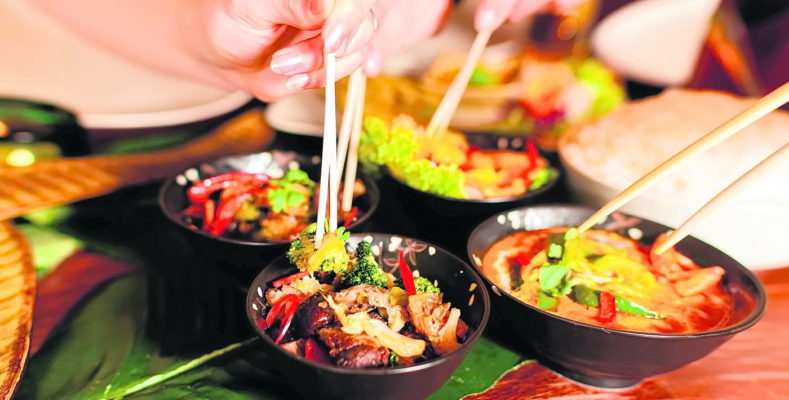
As a result, both knife and fork were banished from Asian table settings for a long time. Although there is now a trend towards Europeanization, and many modern Asians use forks and spoons, while about a third calmly eat with their hands.
The popularity of Asian eating utensils is completely justified from a nutritional point of view. We often overeat with a fork and spoon, because the signal to the brain about satiety arrives about 15 minutes late! Therefore, it is healthier to eat slowly and thoughtfully, as Asian culture suggests.

